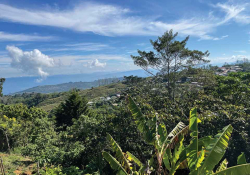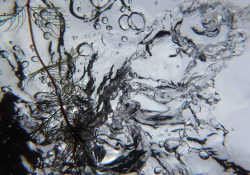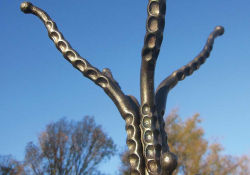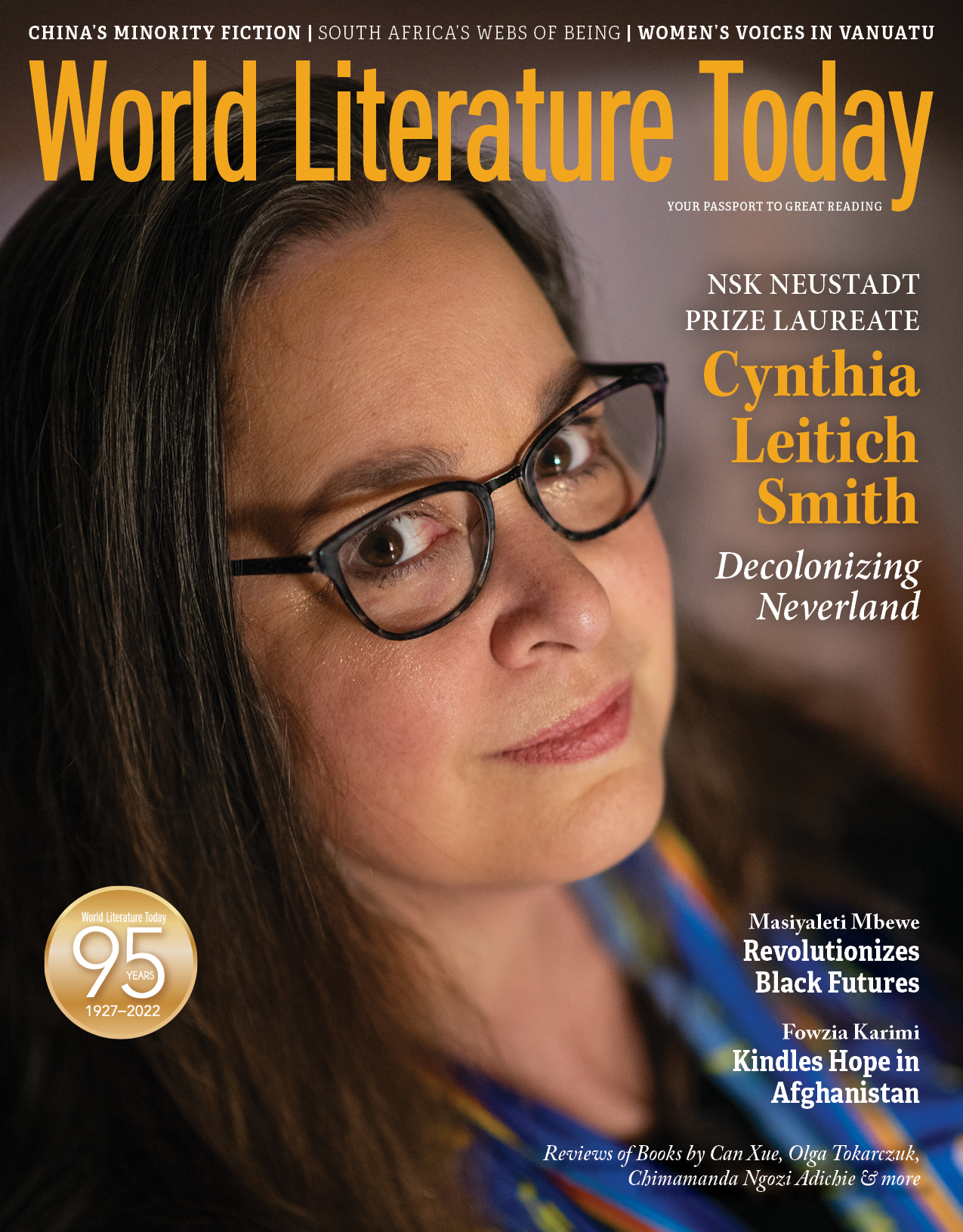Translating a Modern Zoroastrian Tale
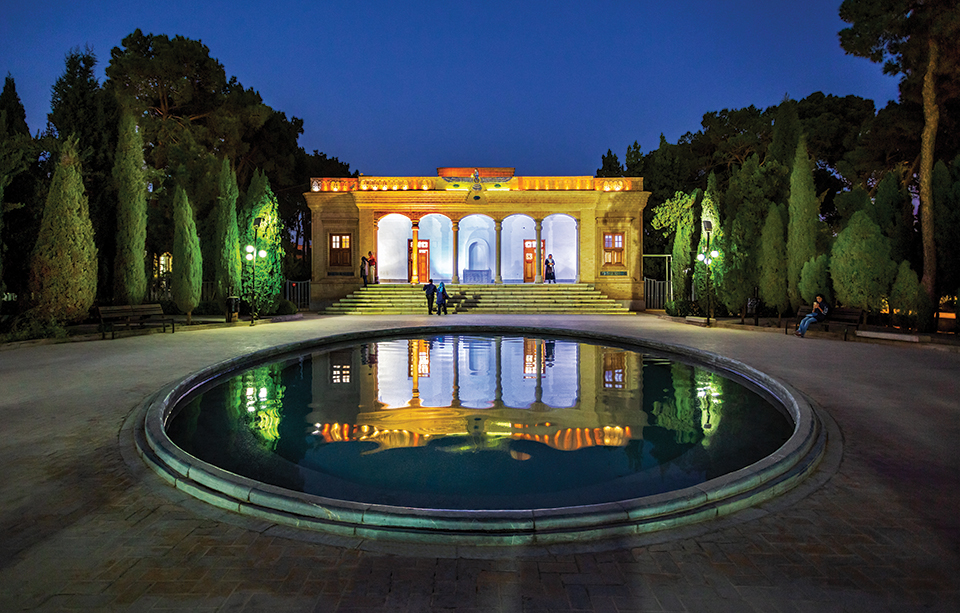
THE FACT THAT Mehrnaz Shirazi Adl’s story “Anahita” has made it to English-language readers is, in itself, a bit of a miracle. Due to wide-reaching sanctions on Iran, here in the US it is not exactly a simple feat to get a hold of recent works of Persian fiction, particularly those by up-and-comers and less well-known writers. Through a series of events that will no doubt sound familiar to many an Iranian American, I acquired Shirazi Adl’s innovative 2015 short-story collection This May Be the Only Way after an Iranian friend agreed to bring me back “books by women writers she’d never heard of” from Tehran in her suitcase. But we should have heard of her: when still unpublished, Shirazi Adl won the prestigious Tirgan Prize in 2013, administered and judged by renowned Iranian author Abbas Maroufi.
Shirazi Adl’s unusual action-adventure tale “Anahita,” which features an archaeologist spelunking her way through caves beneath a Zoroastrian fire temple, was not quite like any Iranian short story I had read before and caught my attention straightaway. While the general contours of the story will be comprehensible to the average English-language reader, there are some symbolic resonances arising from the Iranian mythological tradition that I suspect may remain obscure without a bit of introduction.
First, the title itself. Anahita is the name of the ancient Indo-Iranian water goddess who is associated with fertility, fecundity, and general healing. It is no accident, then, that our protagonist, Dina, finds herself swept deep into a watery cave system, symbolizing her excavation and exploration of the “feminine” parts of the self. The mysterious man in black wearing a red cap, meanwhile, is none other than Mithras, the Indo-Iranian god of light, whose mystery cults later spread all the way to the Roman Empire in the West. Mithras is famous for slaying the life-giving cosmic bull, whose blood fertilizes all plant life. The narrative of “Anahita” even makes reference to a bas-relief that depicts one such archetypal scene of tauroctony (bull-slaying), along with Mithras’s well-known Phrygian cap, to drive the comparison home.
As a result, what Shirazi Adl has presented here is not just a simple adventure tale. She has in fact engineered a Jungian-style investigation into the various gendered elements of the psyche, set against the backdrop of ancient Iranian myth. She explores how these contrasting elements might interact with each other positively to create a stronger, more complete sense of self.
As for structural elements of the text and the challenges they present to the translator, Persian is a verb-final language, and it prefers to drop pronoun subjects wherever possible. This is because all relevant information is contained in the verb itself. In practice, this means for the Persian-to-English translator that Shirazi Adl’s prose—which bounds forward in Persian with all the giddy momentum of an action flick—contains a delightful variety of sentence structures that are brutally flattened in English. A rich diversity of sentences is reduced to: “she walked, she moved, she jumped.” As translator, I attempted to re-create this action-packed prose by aggressive substitution of highly descriptive and visual verbs, in addition to creative reordering of sentences, wherever it was possible without distorting the meaning. I hope I have retained some of the dynamism and urgency of Shirazi Adl’s original but leave it to readers to decide.
Read Quay’s translation of “Anahita” from this same issue.


